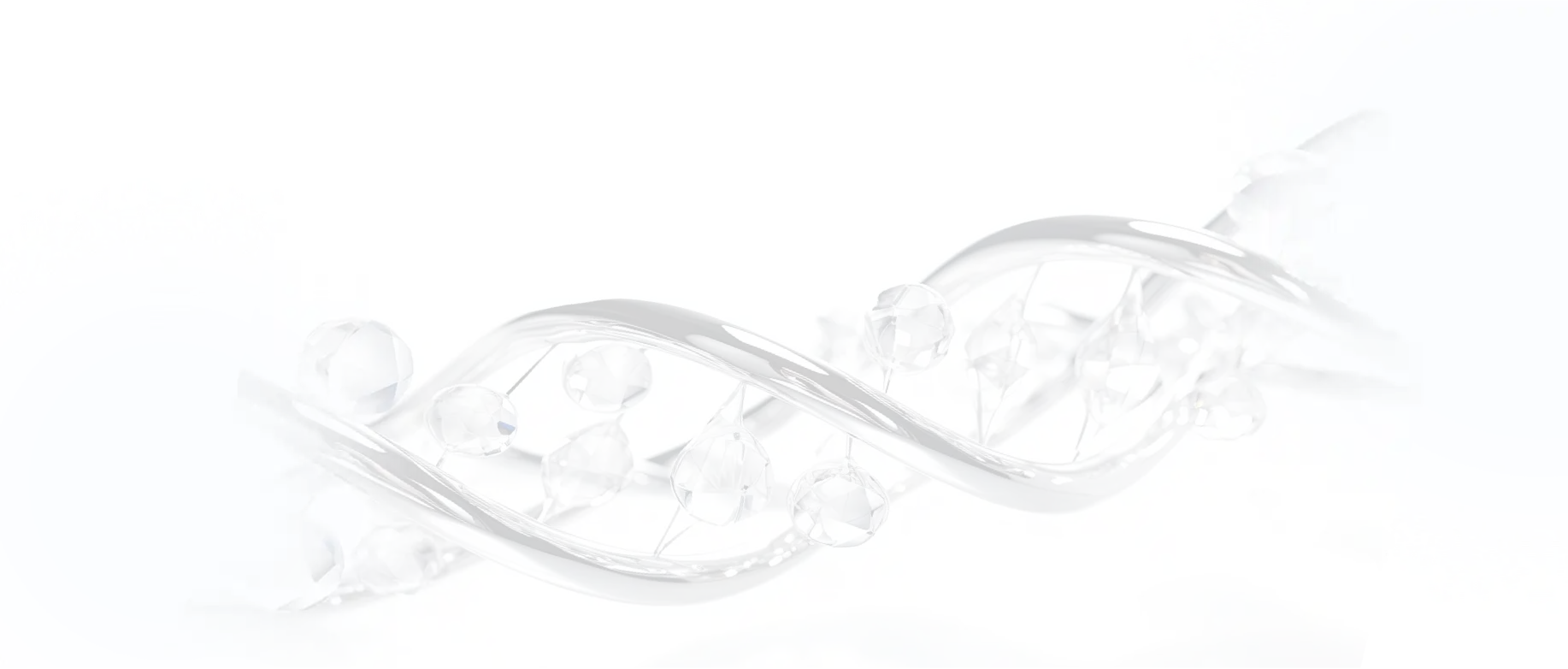Immuno-Oncology Compound Library
Catalog No. L2170
Traditional cancer therapies include surgery, radiation therapy, and chemotherapy. With the rapid development of science and technology in medicine, new cancer therapies such as immunotherapy, targeted therapy, radiofrequency ablation for cancer are actively developed to help patients fight cancer. Cancer immunotherapy, also known as immuno-oncology, is a form of cancer treatment that uses the power of the body's own immune system to prevent, control, and eliminate cancer. Science magazine—America's leading scientific journal—has deemed cancer immunotherapy the 2013 "Breakthrough of the Year," beating out nine other contenders.
There are several types of immunotherapy, including: Non-specific immunotherapies, CAR T-cell therapy, cancer vaccines, checkpoint inhibitors, etc. Most cancer immunotherapy agents being developed or approved are engineered T cells targeting tumors or mostly antibody-based biologics that target the immune checkpoint cascade. The success of these biologics in the clinic is now inspiring the discovery and development of small molecules that act on intracellular targets affecting immuno-modulatory pathways in cancer. Small molecule agents as opposed to biologics that steer or enable the immune system to attack cancer cells, represent an emerging area of R&D focus in the oncology drug development industry. Small molecules are being investigated as stand-alone agents and synergistically with approved biologics because of the ability of small molecules to reach intracellular targets and the greater patient convenience offered by their oral bioavailability. The foundation for the pursuit of small molecule immune therapies for cancer is the wide spectrum of cells and their molecular pathways that are used by the immune system to suppress or enhance cellular immunity. Such novel immunotherapeutic approaches can either negate immune suppression in the tumor milieu or facilitate cytolytic lymphocyte responses to the tumor.
TargetMol's Immuno-Oncology Compound Library carefully collects 523 bioactive compounds targeting intracellular pathways modulating the innate and adaptive immune response is a powerful tool for your research and drug discovery.
All products from TargetMol are for Research Use Only. Not for Human or Veterinary or Therapeutic Use.
Resource Download
Library compound info
Excel
SDF
Contact us for more batch information Your shopping cart is currently empty
Your shopping cart is currently empty





